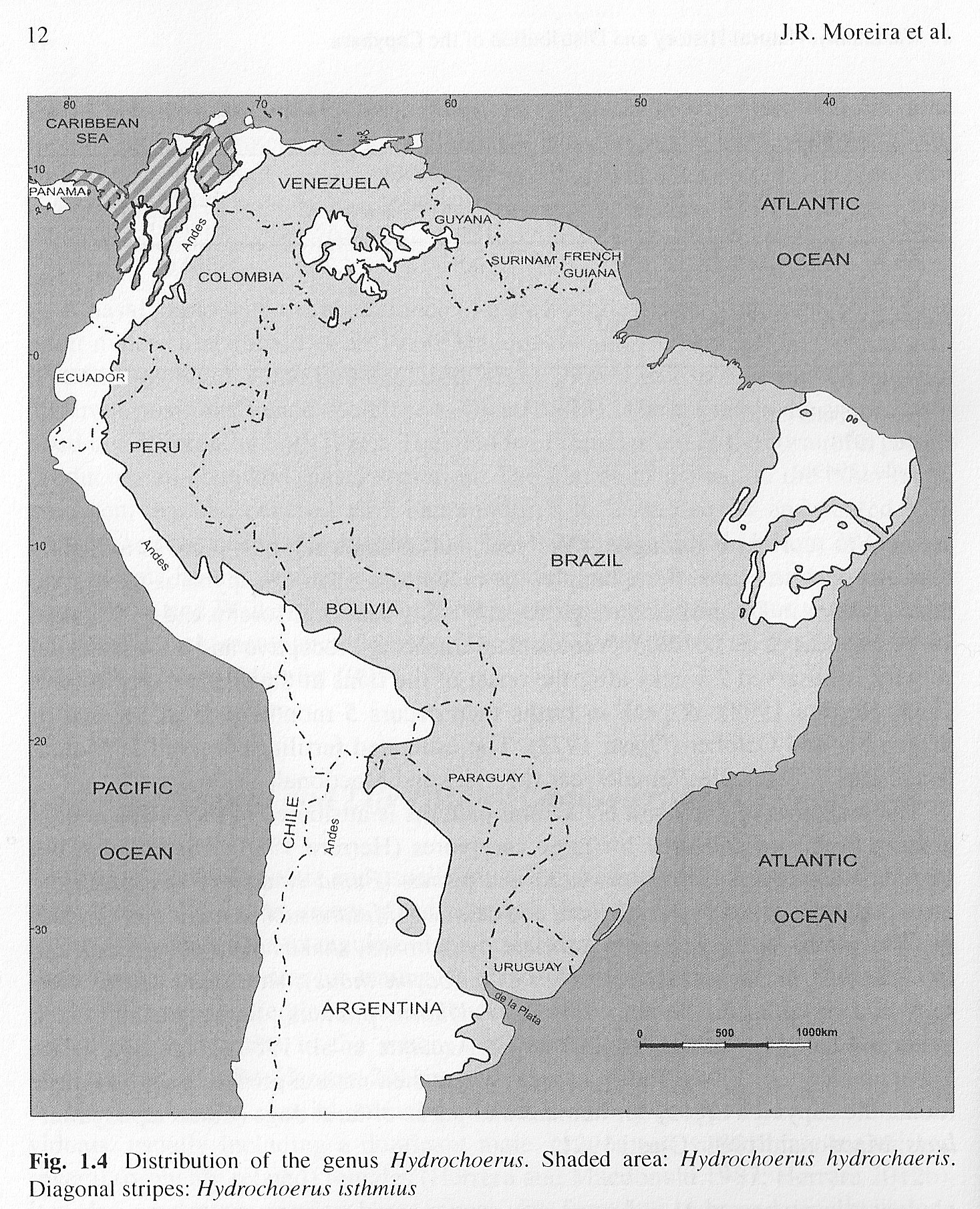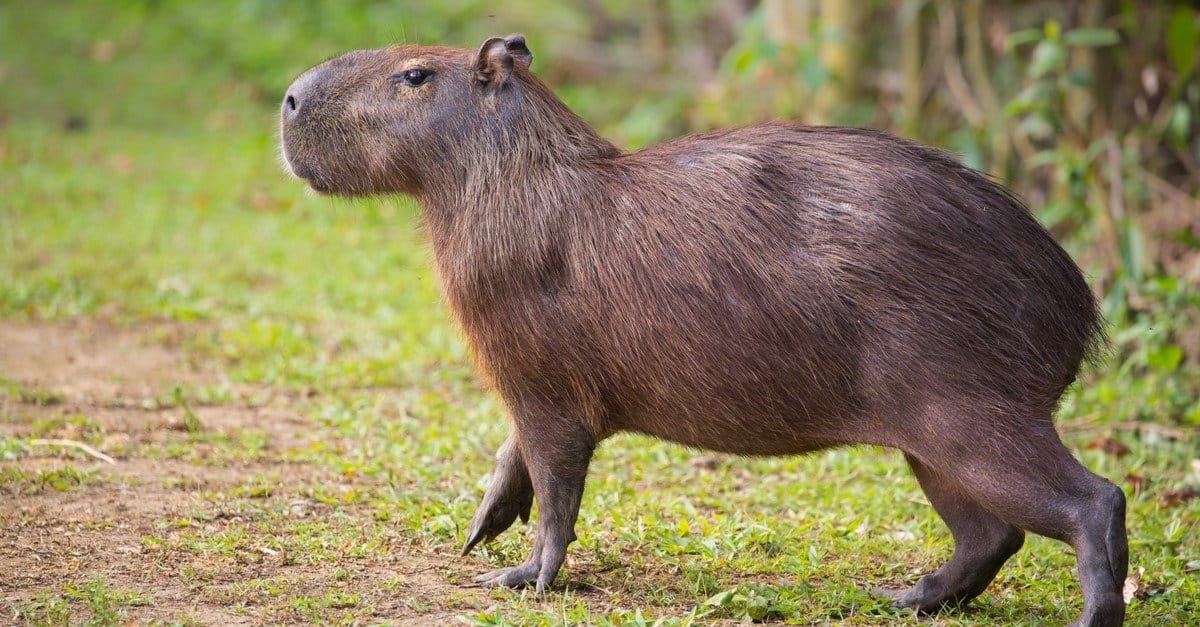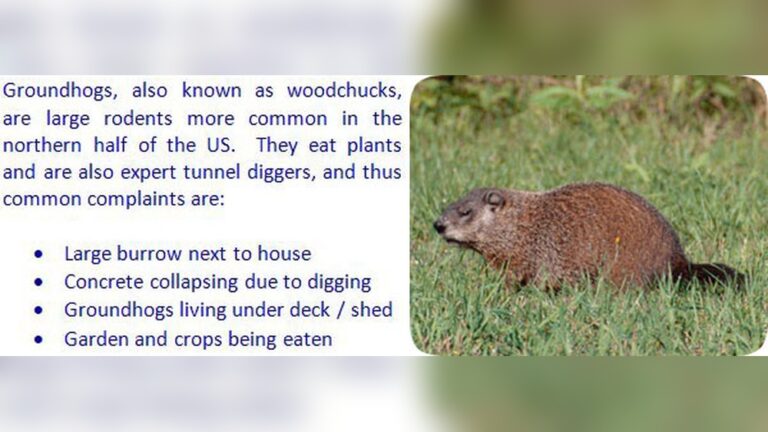Where Do Capybaras Live: Discover Their Surprising Habitats Today
Have you ever wondered where capybaras live and why they choose those places? These gentle giants are the largest rodents on Earth, and their homes might surprise you.
Understanding where capybaras thrive can give you a glimpse into their unique lifestyle and habits. If you’re curious about these fascinating creatures and want to discover the secrets of their natural habitats, keep reading—you’re about to learn something truly interesting.

Credit: rousfoundation.com
Capybara Natural Range
Capybaras live in specific parts of the world. Their natural range is mostly near water. These large rodents depend on rivers, lakes, and wetlands. They thrive in warm, tropical climates. Their homes provide food, shelter, and safety.
Understanding where capybaras live helps protect them. It shows how they adapt to their environment. Their natural range covers many areas in South America.
South American Origins
Capybaras come from South America. They have lived there for thousands of years. Their ancestors adapted to the tropical and subtropical zones. These areas are rich in water and plants. Capybaras have evolved to swim well and eat aquatic plants. Their natural habitat includes forests and grasslands near water.
Countries With Capybara Populations
Capybaras live in many South American countries. Brazil has the largest populations. Venezuela, Colombia, and Argentina also host many capybaras. They are found near rivers and wetlands in these countries. Some live in Paraguay, Peru, and Uruguay too. Each country offers different habitats but all have water sources. This makes survival easier for capybaras.

Credit: a-z-animals.com
Preferred Habitats
Capybaras choose homes that give them water and food close by. They like places where they can swim and hide easily. Their habitats must keep them safe from predators and harsh weather. These areas also need plenty of plants to eat.
They live in different environments but always near water. Understanding their preferred habitats helps us learn about their life and behavior.
Wetlands And Riversides
Capybaras thrive in wetlands and near rivers. These areas provide fresh water for drinking and swimming. The water helps them stay cool in hot weather. Wetlands also offer thick plants for food and hiding spots. Capybaras can escape predators by diving into the water quickly.
Grasslands And Forest Edges
Capybaras live in grasslands where tall grasses grow. These grasses serve as food and shelter. Forest edges give shade and extra protection. Trees and bushes near water create a safe home. This mix of open and covered areas suits their needs well.
Adaptations To Environment
Capybaras have unique traits that help them live well in their natural homes. These animals thrive in wet and warm places. Their bodies and habits fit their environment perfectly. Their adaptations keep them safe and help them find food.
Swimming And Water Use
Capybaras are excellent swimmers. Their bodies have webbed feet. This helps them move fast in water. They spend much time in lakes, rivers, or swamps. Water helps them cool down in hot weather. They can stay underwater for up to five minutes. This helps them hide from predators. Sleeping near water keeps them safe too.
Diet And Food Sources
Capybaras eat mostly grass and aquatic plants. Their teeth grow continuously to handle tough plants. They feed early in the morning or late in the evening. This avoids the heat of the day. Sometimes, they eat fruits and tree bark. Their diet fits the plants found near water. This helps them get enough nutrients daily.

Credit: en.wikipedia.org
Capybaras In Urban Areas
Capybaras are usually found near rivers and forests. But recently, they have been seen in cities too. These large rodents have started to adapt to urban life. They live in parks, gardens, and near water bodies inside cities. This change shows their ability to survive in new places. Understanding their urban life helps us protect them better.
Encounters In Cities
People often spot capybaras in city parks and ponds. They are calm and move slowly. Some residents enjoy watching these gentle animals. Capybaras usually stay near water in urban areas. They eat grass, plants, and sometimes garden vegetables. Their peaceful nature makes them easy to approach. Yet, it is best to keep a safe distance.
Human Impact On Habitats
City growth reduces natural spaces for capybaras. Roads and buildings cut through their homes. Pollution and noise also affect their health. Some capybaras move to cities to find food and shelter. Urban areas can be dangerous due to cars and pets. Protecting green spaces in cities helps capybaras survive. People can support them by respecting their space and habitats.
Conservation And Habitat Protection
Capybaras live in wetlands, riversides, and grasslands. These areas provide food, water, and shelter. Protecting these natural homes is vital for capybara survival. Conservation efforts help keep their habitats safe and healthy.
Threats To Natural Habitats
Deforestation destroys many capybara homes. Farming and urban growth reduce wetland areas. Pollution harms water quality, affecting capybaras directly. Climate change changes rainfall patterns, drying up wetlands. These threats make life harder for capybaras to survive.
Efforts To Preserve Capybara Environments
Protected areas help keep capybara habitats safe. Reforestation projects restore damaged wetlands and forests. Laws regulate hunting and land use near capybara homes. Local communities join in to guard natural spaces. These actions give capybaras a better chance to thrive.
How Smart Pets Lover Can Help You with Where Do Capybaras Live
Exploring Capybara Habitats: A Learning Journey
Understanding where capybaras live opens up wonderful opportunities for practical learning, especially when we connect it to their natural range and preferred habitats. Observing how these gentle creatures adapt to wetland environments, riversides, and even urban areas can teach us a lot about resilience and coexistence with nature.
For pet parents and animal lovers curious about wildlife and habitat conservation, exploring capybaras’ lifestyle offers insights into the importance of protecting their environments. This awareness can inspire responsible stewardship—not just for capybaras but for all animals sharing our planet. It’s also a great way to deepen your connection with animals, much like how Smart Pets Lover encourages understanding every wag, purr, and chirp.
- Visit local wetlands or nature reserves to observe similar ecosystems.
- Read up on conservation efforts that safeguard habitats for wildlife.
- Engage with community programs focused on urban wildlife coexistence.
For more thoughtful guidance on animal habitats and care, feel free to reach out to wildlife experts or local conservation groups. Learning about capybaras is just one step in a lifelong journey of empathy and respect for all creatures big and small.
Frequently Asked Questions
Where Are Capybaras Naturally Found?
Capybaras naturally live in South America, mainly near rivers, lakes, and wetlands. They thrive in countries like Brazil, Venezuela, Colombia, and Argentina.
What Type Of Habitat Do Capybaras Prefer?
Capybaras prefer dense vegetation close to water sources. They need aquatic environments like marshes, swamps, and riverbanks for swimming and protection.
Can Capybaras Live Outside South America?
Capybaras can survive in similar wet habitats outside South America but are mostly native to their original range. They need warm, wet climates.
How Do Capybaras Adapt To Their Environment?
Capybaras have webbed feet for swimming and dense fur to stay dry. They rest in water to keep cool and avoid predators.
Conclusion
Capybaras live mostly in South America’s wetlands and forests. They prefer places near water like rivers and lakes. These animals enjoy warm, wet areas with plenty of plants to eat. Groups of capybaras stay close to water for safety and food.
Understanding where they live helps protect their homes. Nature needs these gentle creatures to stay balanced. Watching capybaras in their habitat teaches us about wild life. Their world is a mix of land and water. A simple life, yet full of wonder.







